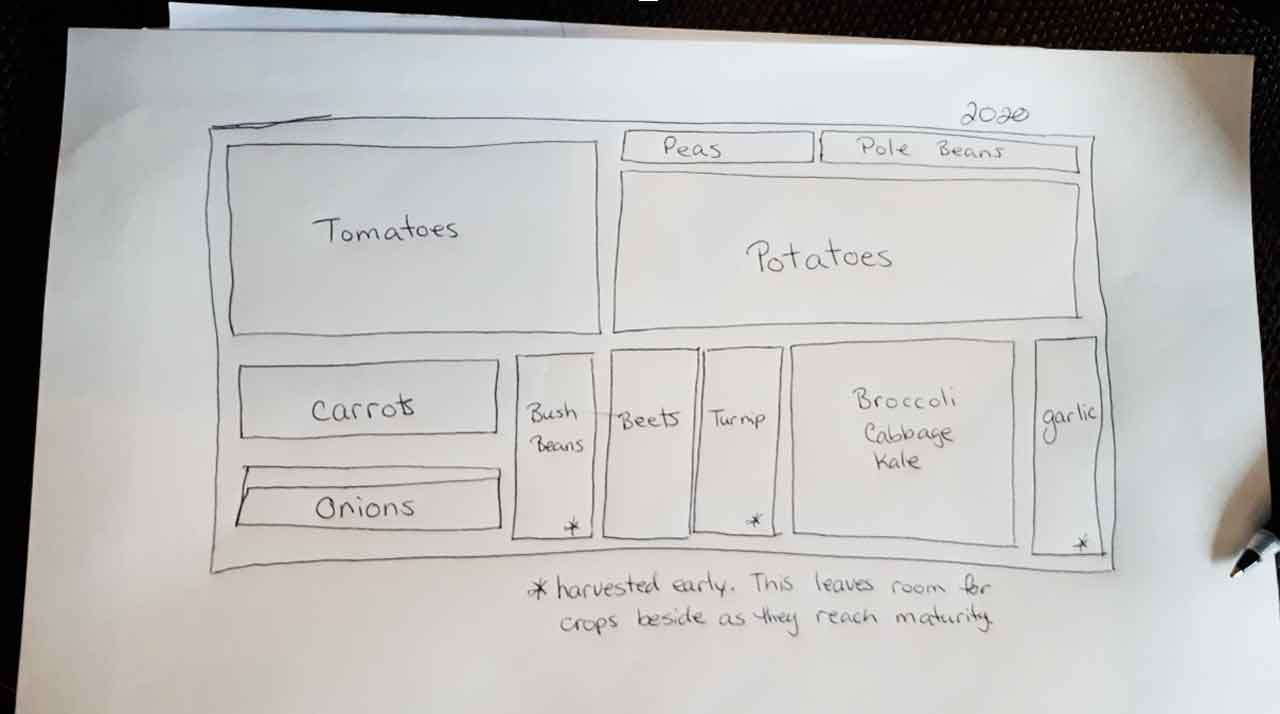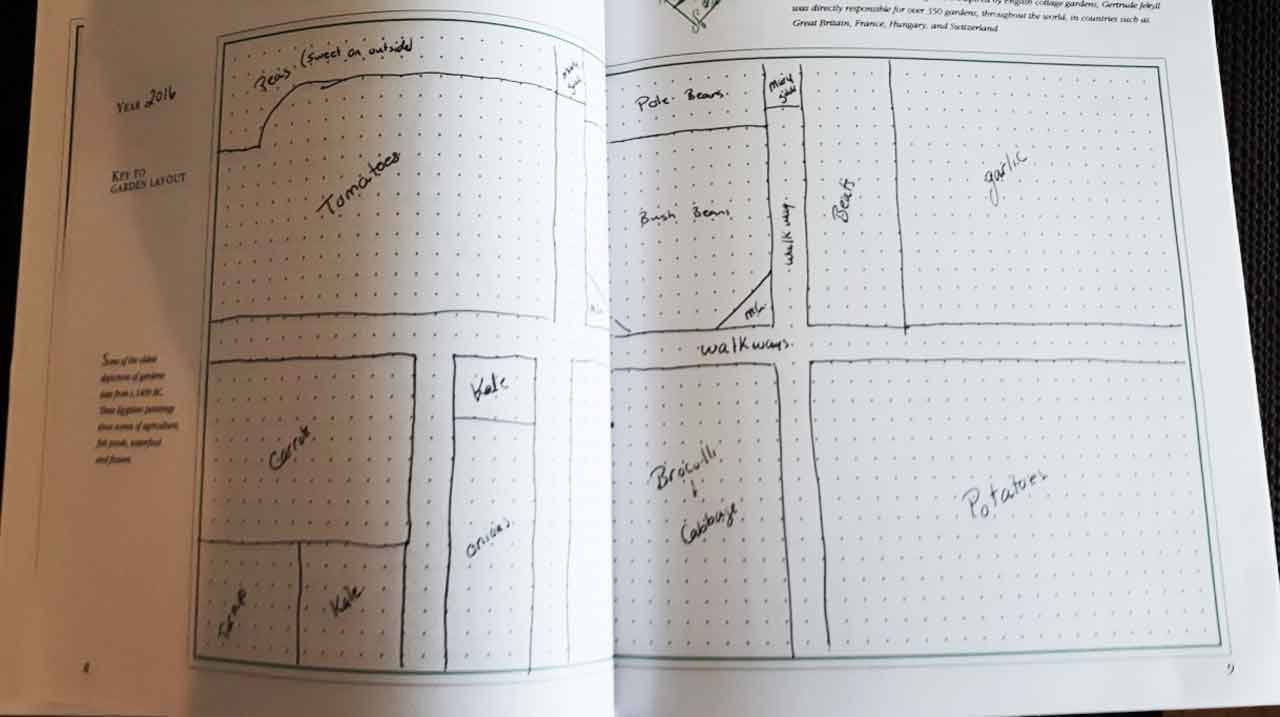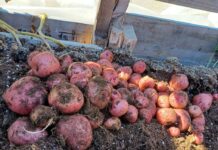Planning your garden. So, you know what you want to plant, and you likely even have some of your little baby greens started. Now, have you thought about how to organize your garden? I have met so many beginning gardeners who miss this crucial step to a thriving garden.
You have to consider what crops can go beside each other, which ones should avoid each other, and which ones you SHOULD put side by side. There are a plethora of reasons why you need to do this. Firstly, if you have crops side by side that need too much of the same nutrients, that section of the garden will be depleted quickly. Secondly, if you have plants that need direct sunlight, you have to consider where your sun is, and be sure that it is getting adequate sunlight. This also needs to be considered for plants that do not like too much sun… you will plant them next to a sheltering crop.
Sun and nutrients are not the only things to think about. Disease is a big consideration too. Planting certain vegetables next to others could enhance the chance of disease, or without proper garden rotation from year to year, that also could create ideal climates for a garden disease to flourish.
Rotation is also critical to think about. Many vegetables cannot be planted where a specific crop has been planted the previous year. Some crops need to avoid a spot they were planting in for 3-4 years, such as potatoes, so you really want to keep a log of your gardens from year to year. Planning your garden becomes a great game of Tetris. I personally love Tetris, so I enjoy planning my garden.
I start planning my garden in the fall. This is because if you want to plant garlic (which we do!) it needs to be planted in the fall in order for it to fully take hold and become awesome garlic to harvest. I have to know that the garlic is in a spot good for garlic the following year, but everything else can also fit. There have been years that I have had to try three or four times before I got my garden plan perfect.
We also have a variety of different gardens (which I discuss and show in the video). I have a couple raised gardens off my deck that gets very warm and lots of sunshine, so I put all my veggies that LOVE heat in those gardens. I also have a salad and herb garden that I have directly outside my front door so that I don’t have to go far or walk through the grass to stir up mosquitos when I need some fresh herbs and feel like a quick tossed salad for supper. Mosquitos are the WORST, especially in the evening! Both the salad and herb garden and the heat-loving garden do not require me to stir up bugs in the grass, so I strategically plant things for an easy grab in those locations.
We also have a fall garden. This garden has veggies that we can harvest from late into October and even November. I have this garden separate so I can still close the main and side gardens, while still eating fresh greens late into the year. This garden has a row of carrots, beets, collards, swiss chard, Brussel sprouts, a late plant of peas, celery, kohlrabi, kale and celeriac. It can snow and you can dig up some of these veggies and still eat them! I love digging kale out of the snow and chowing down on it in November. One year we ate from the garden on December 11th! Pretty cool eh?
We also have an asparagus bed however, that is a whole other blog/post. Asparagus is a very early veggie, sometimes providing for us in late May, but usually June. There have been a couple of years that we have eaten out of the various gardens from May until December. That is amazing! Usually, it’s from June till late November.
So, back to planning…. Where do you get the information to find out how to play garden Tetris? In a book of course! (I’m sure google would help too if you googled the right thing…). My garden go-to is “Gardening with Short Growing Seasons” (Graham Saunders, 2009). It is extremely hard to come by though. I have a link to Lakehead University below that indicates they have one copy, and I did see them in the Thunder Bay area at Farming stores. You might be able to connect with it through Chapters. I’m not sure. However, Another good one is “The New Northern Gardener” (J. Bennet), which I do have an Amazon link to below.


(This is my garden plan from 2016.)
I have included a couple of garden plans, and I do go into a little more detail in the video and have a few more plans that you can “steal” off me if you wish. Well, no need to steal, consider them a gift. If you use them all, you are good for 4 years!
Alright, well, I wish I could plan everyone’s garden and tell you what can go by what and follow what, but this would be a 50-page post. Feel free to shoot me an email at shyanne.leah@gmail.com and I’ll be happy to help as I can. In the meantime, take a look at the included garden plans. There are more on the video too.
Next week we will start looking at some things that can be planted in the ground already!
Happy Planting!
Shy-Anne
Gardening with Short Growing Seasons (Saunders, 2009)
https://bookstore.lakeheadu.ca/Catalogue/lakehead/tradebooks/thunder-bay-and-area
The New Gardener (J. Bennet)
https://www.amazon.ca/New-Northern-Gardener-Jennifer-Bennett/dp/1552090124#customerReviews






